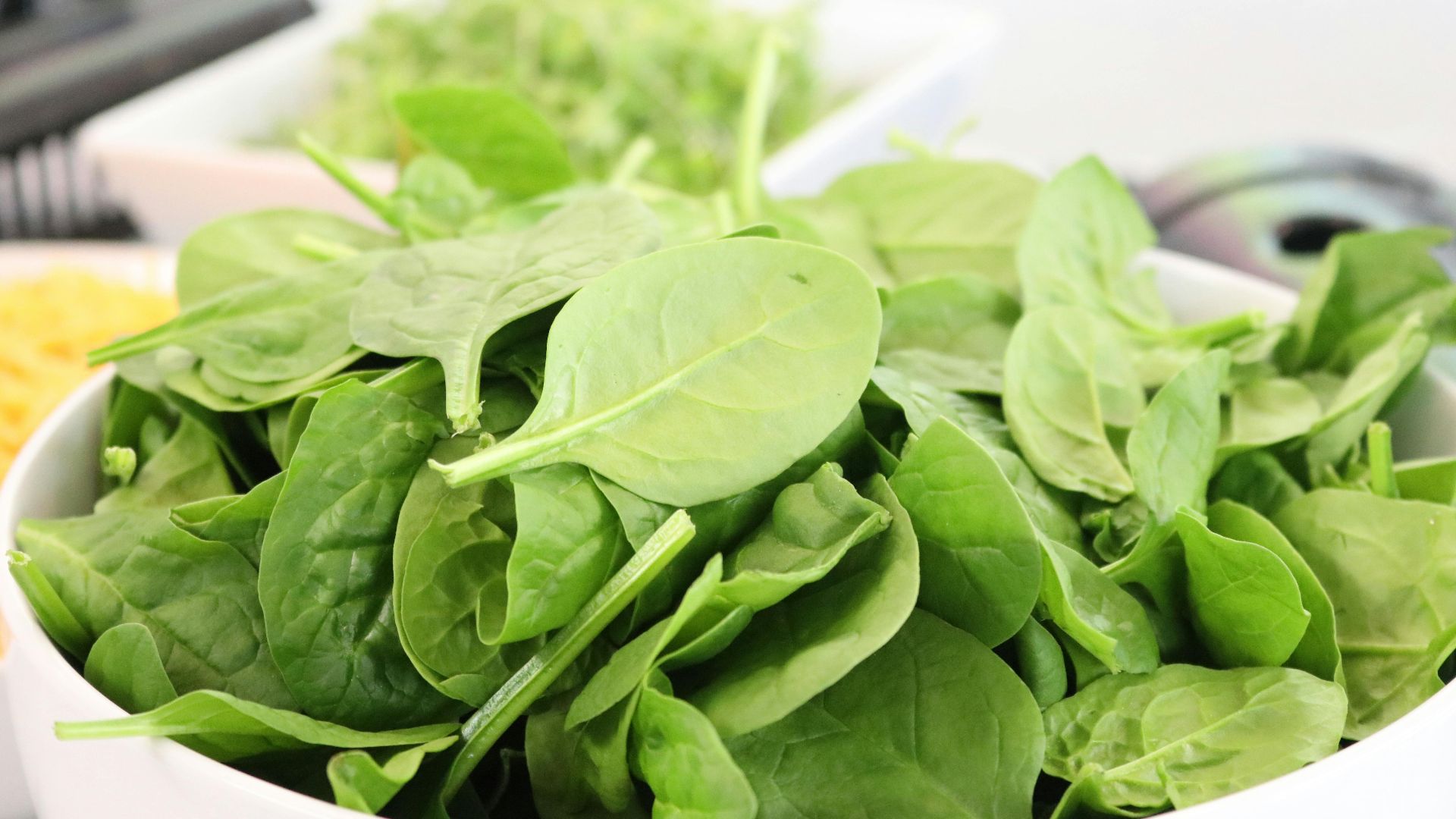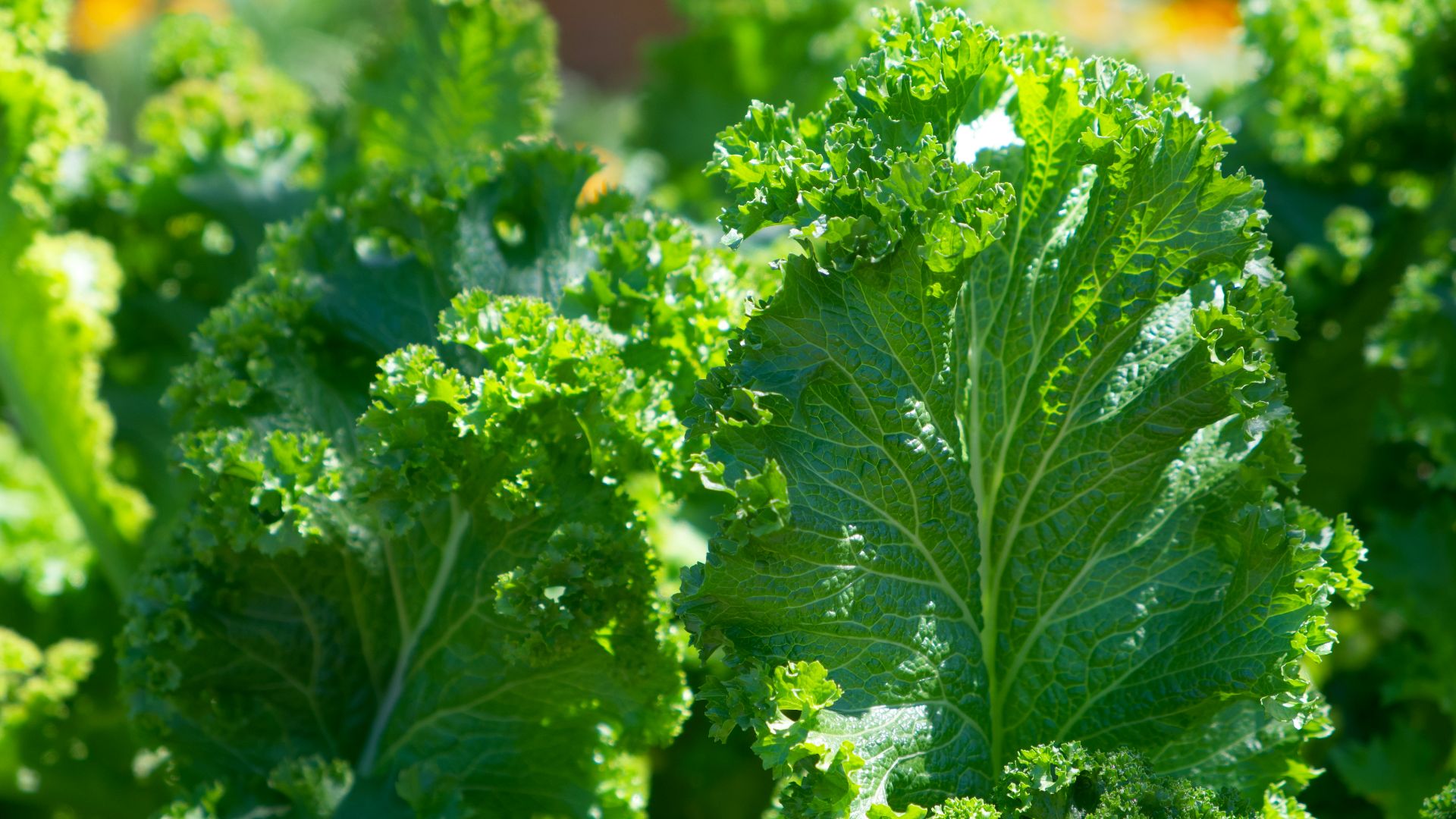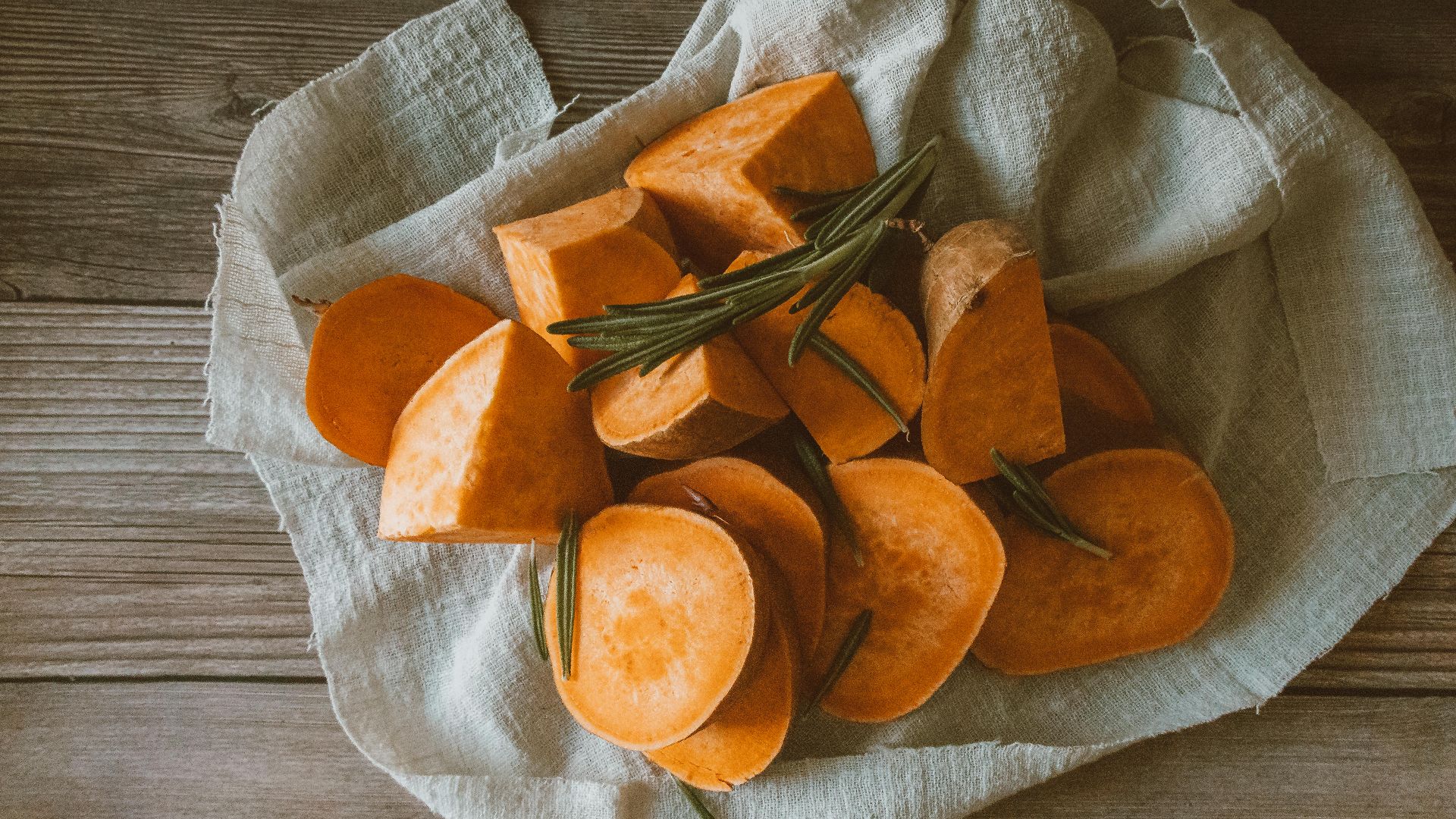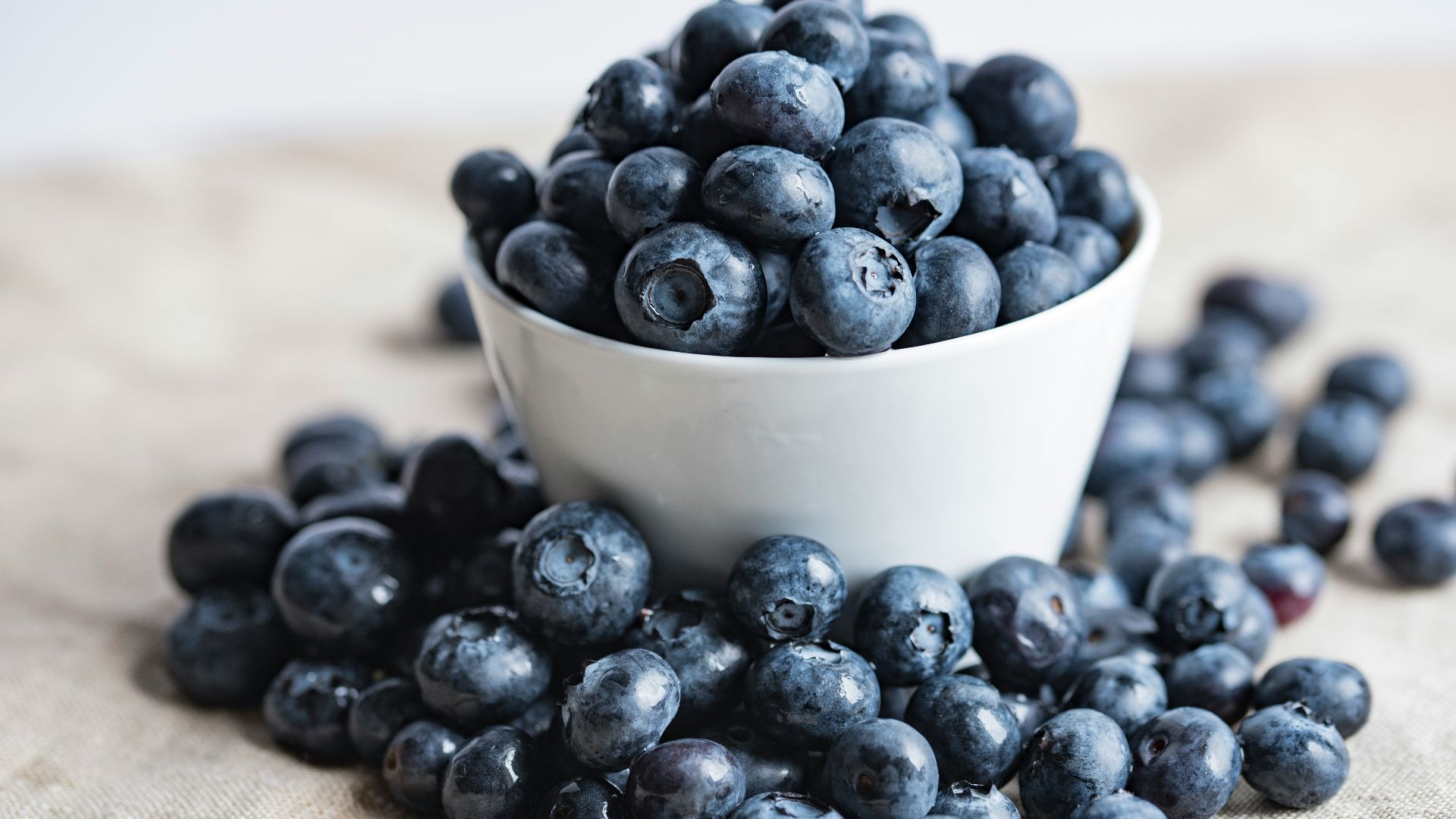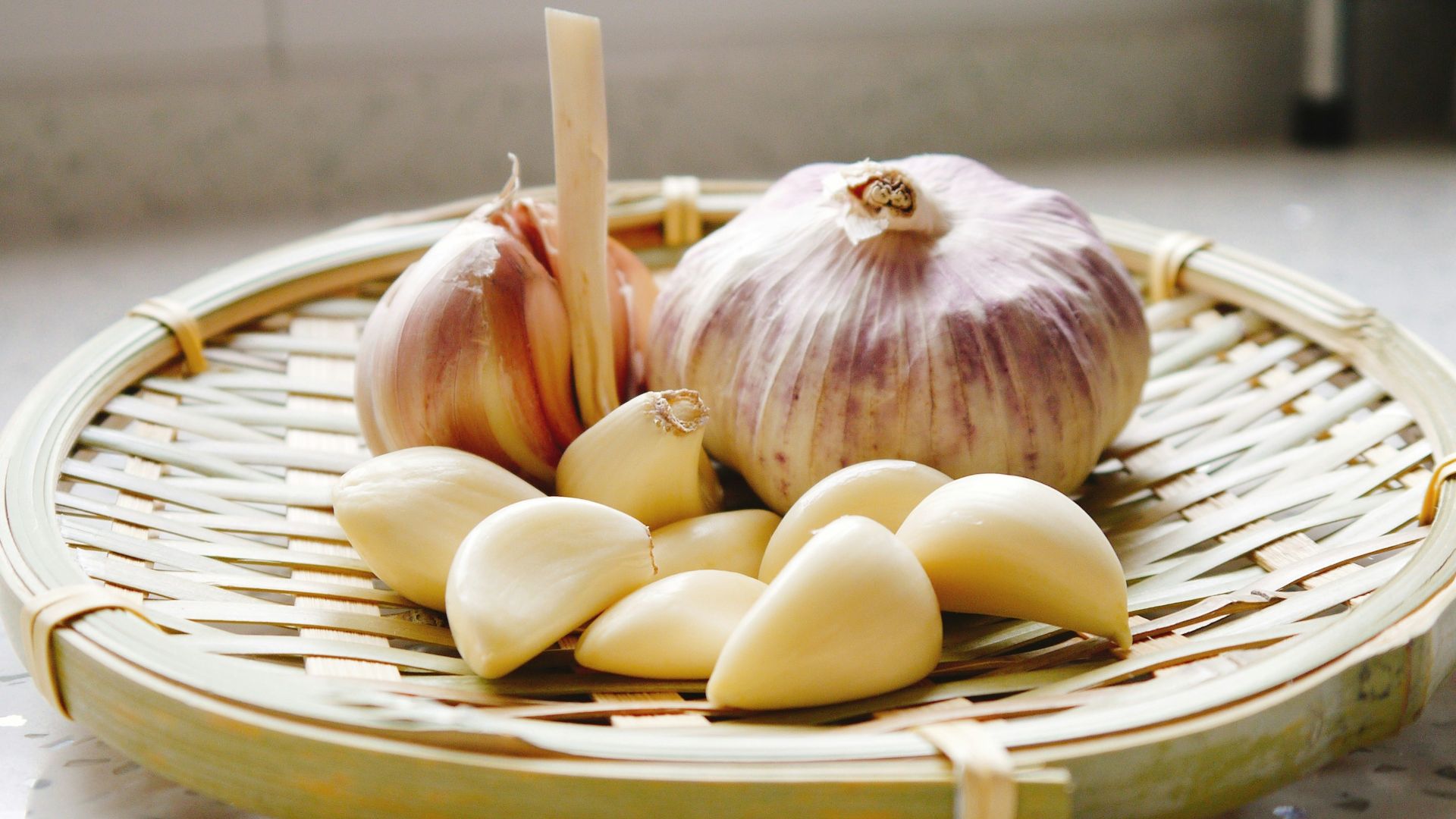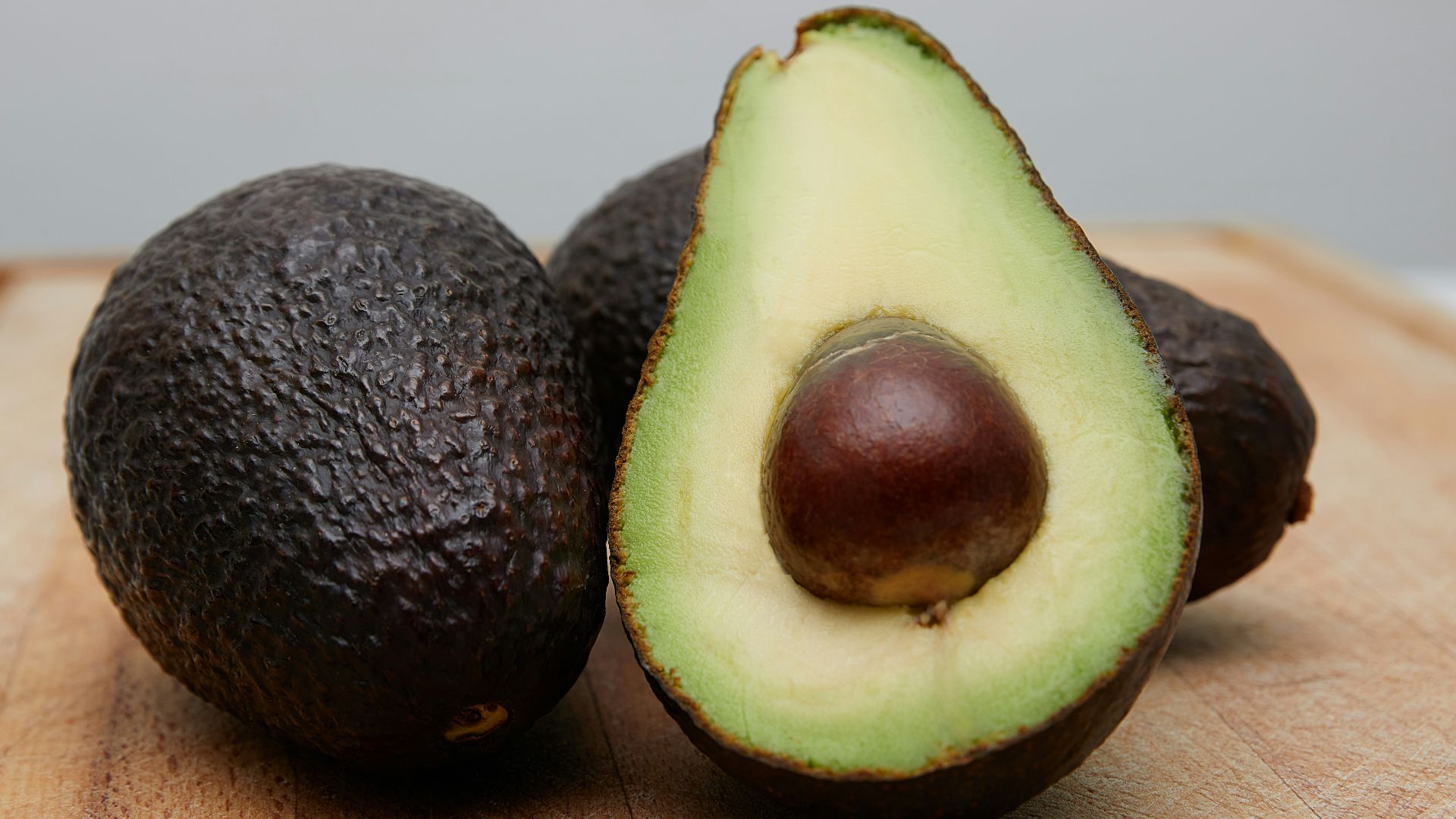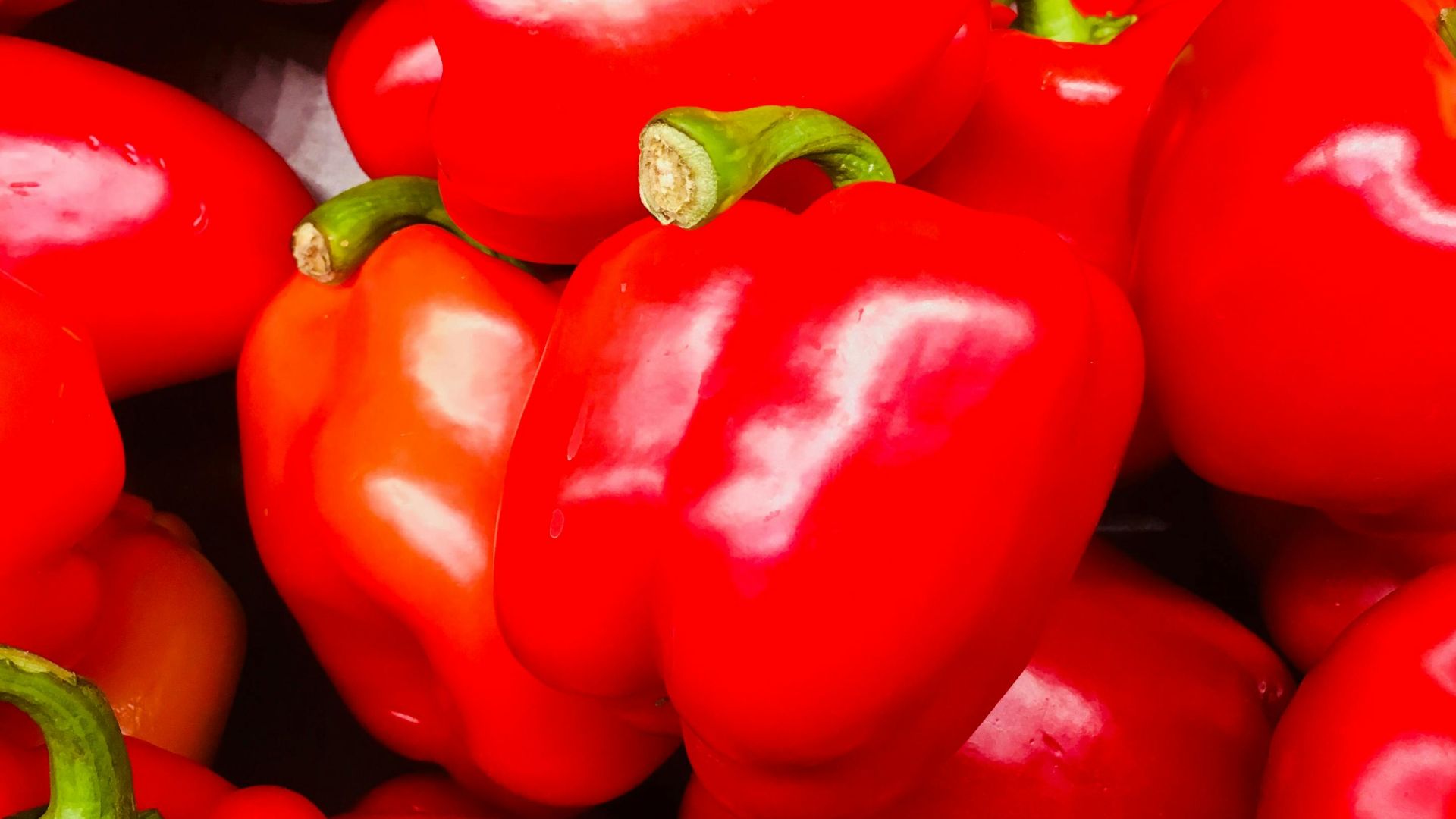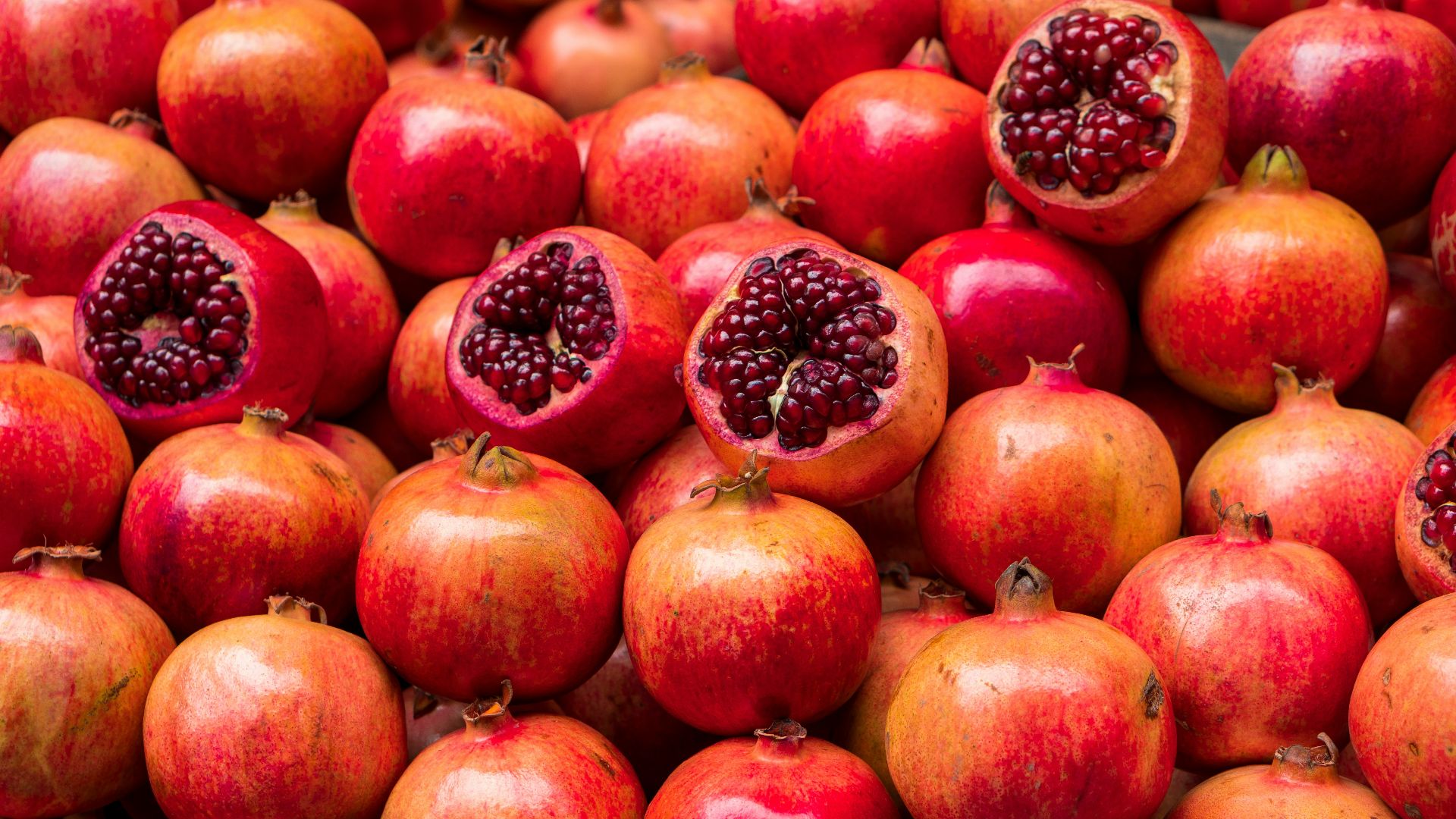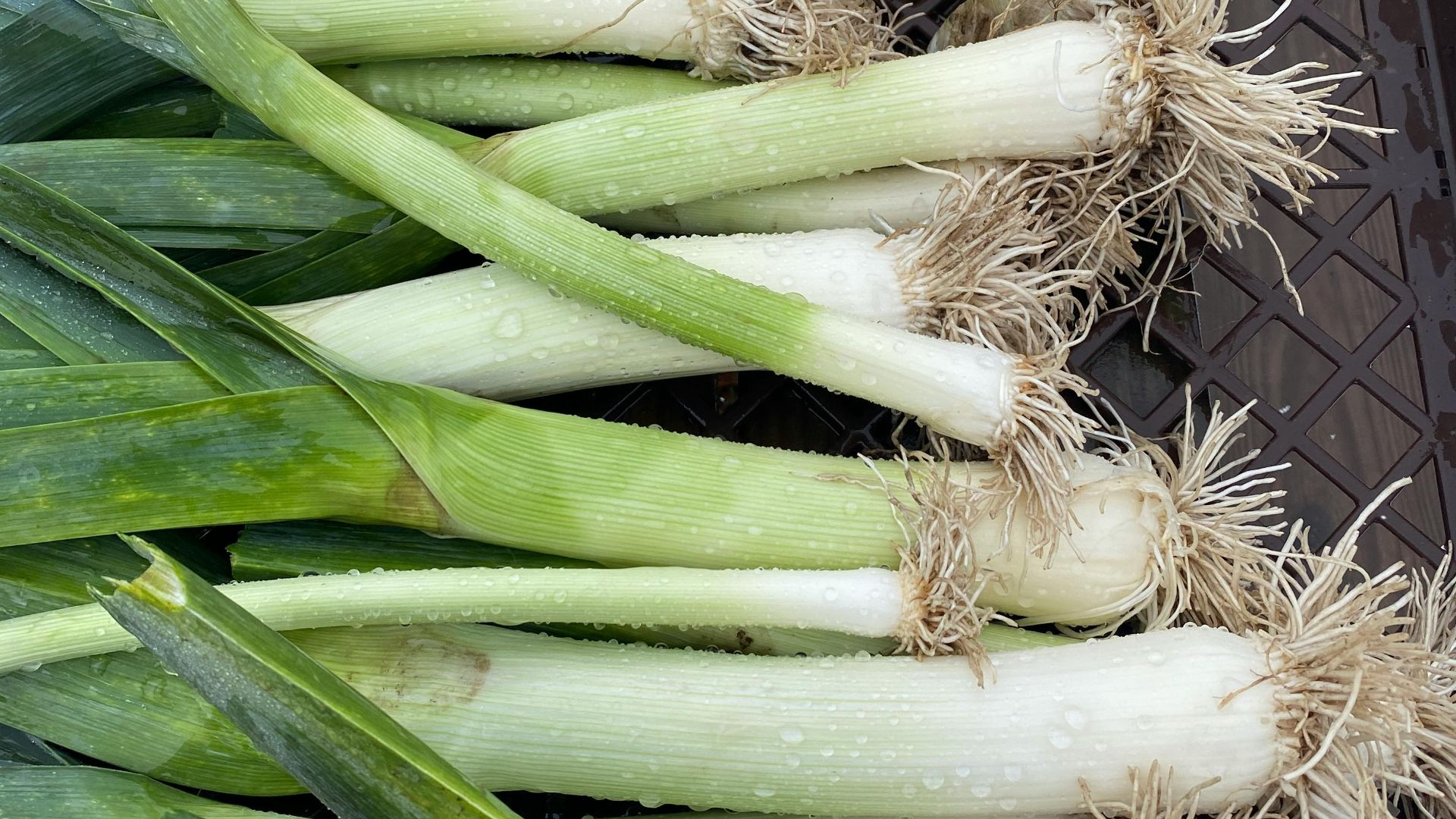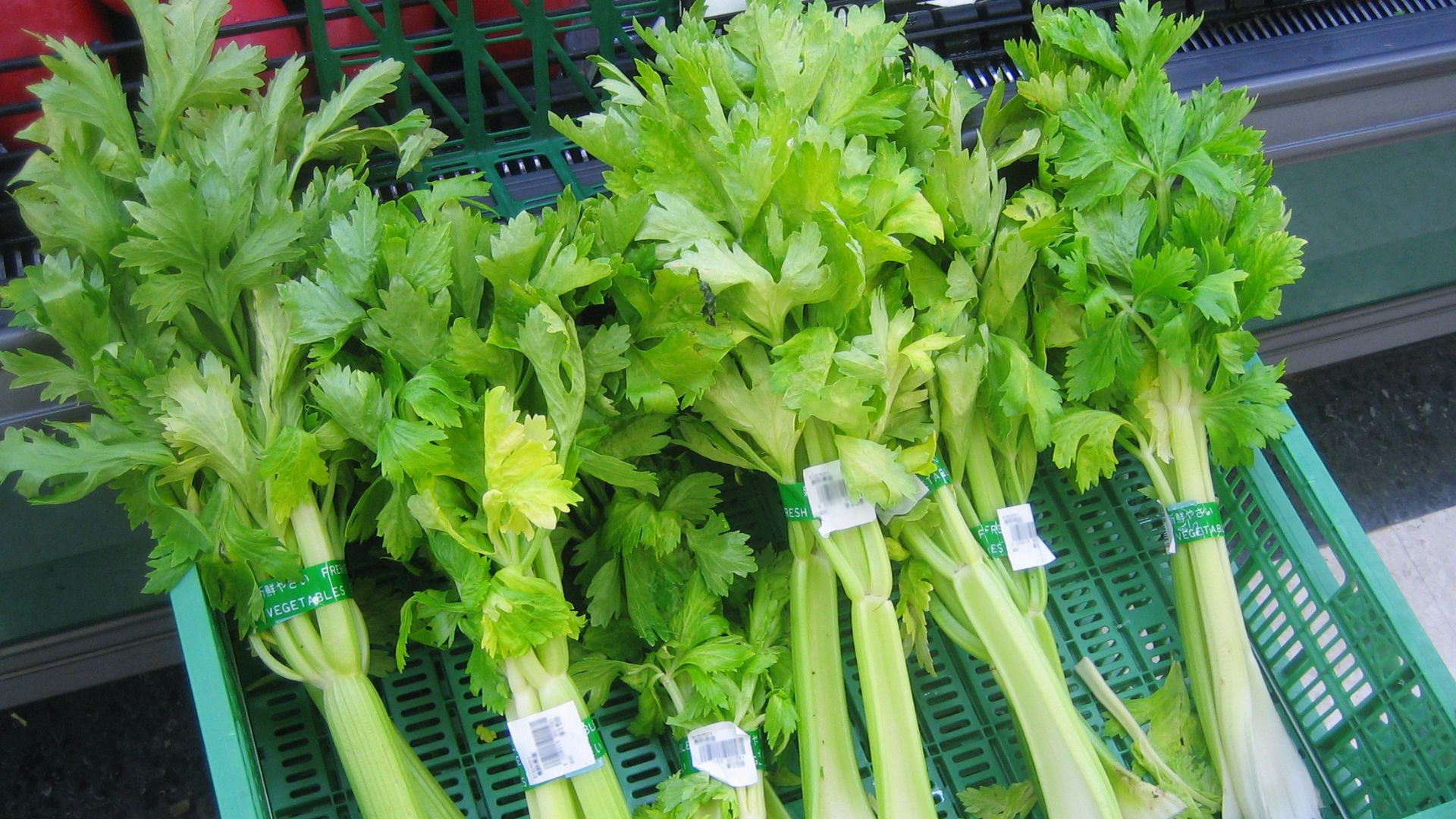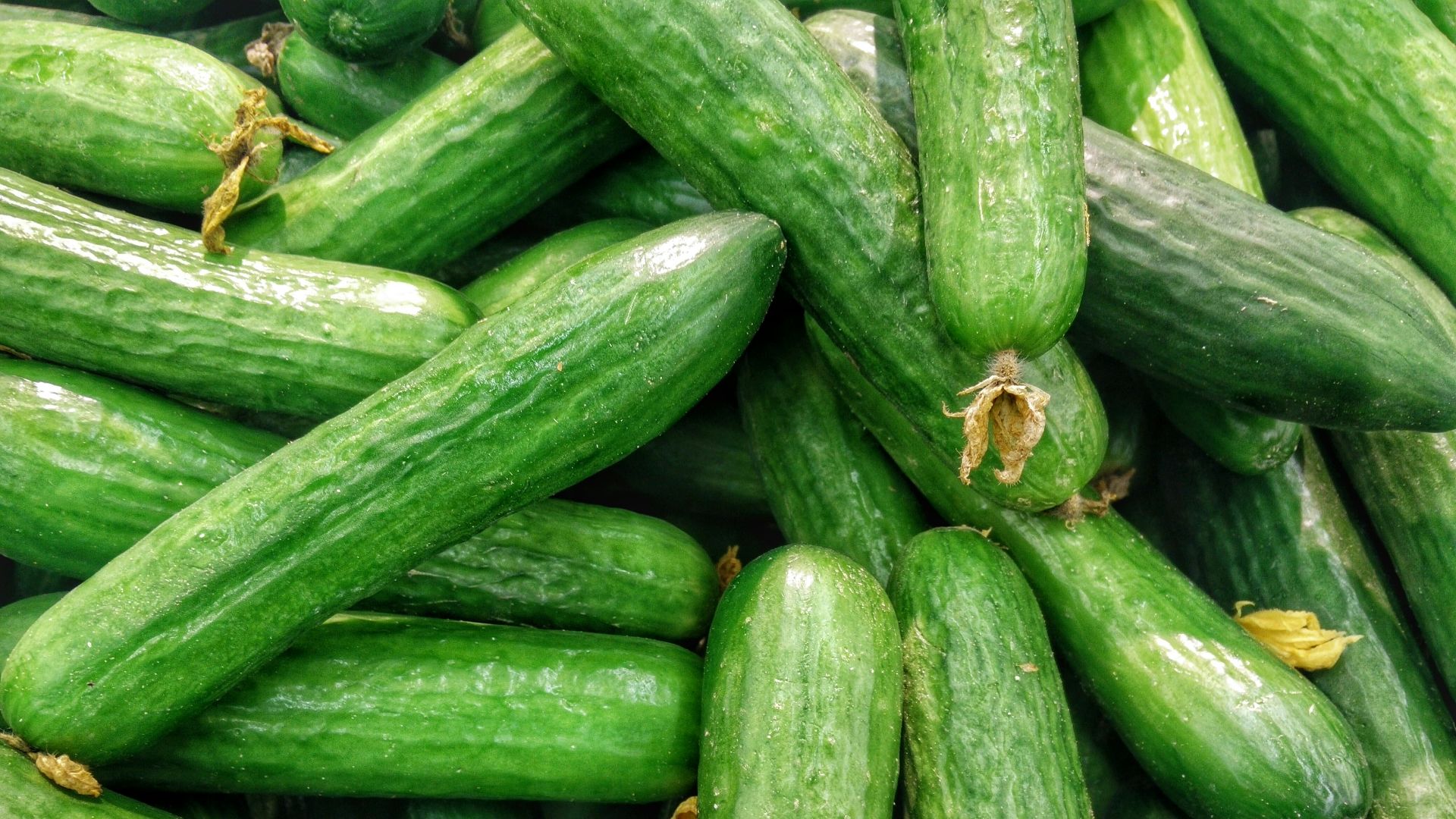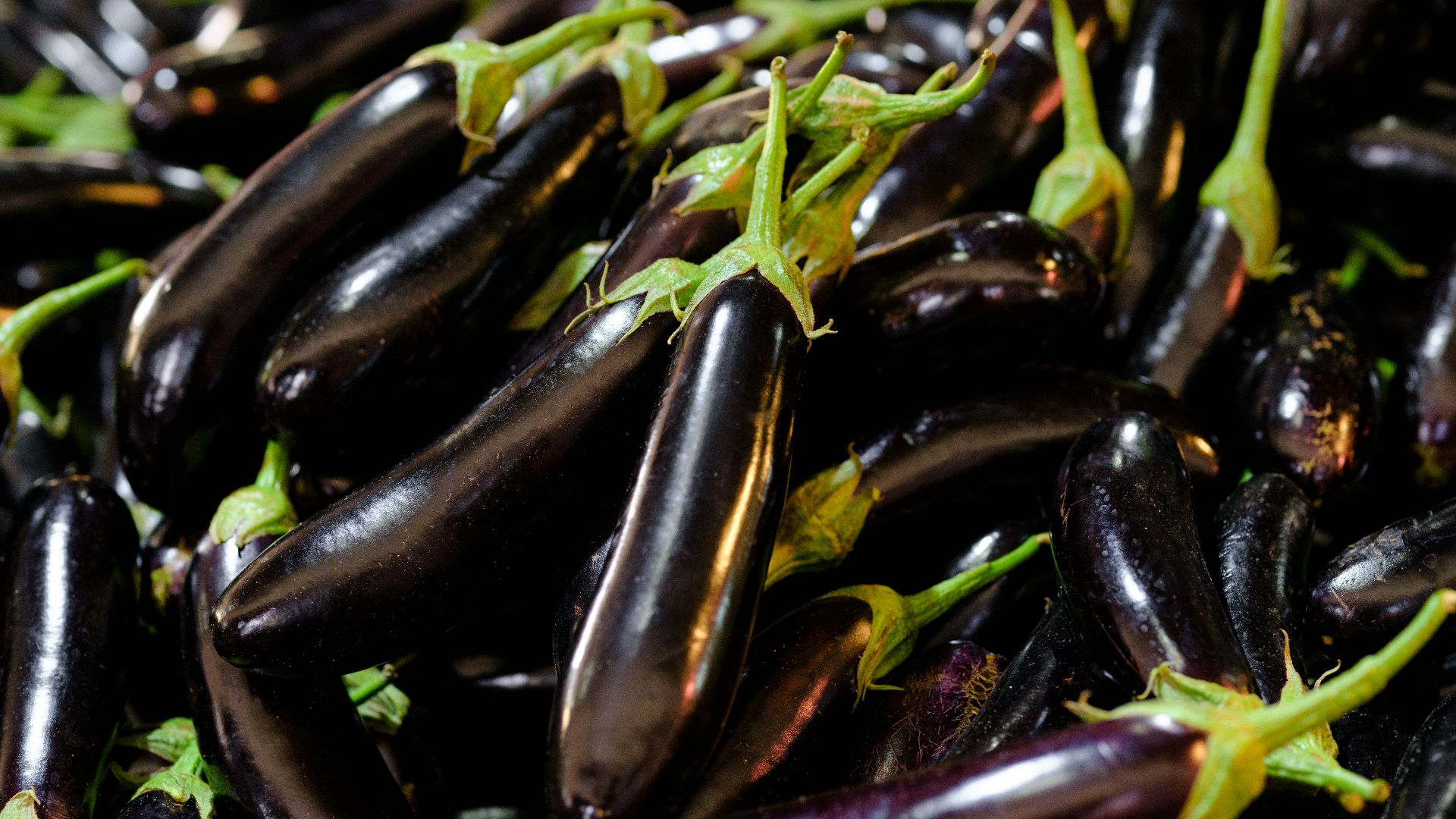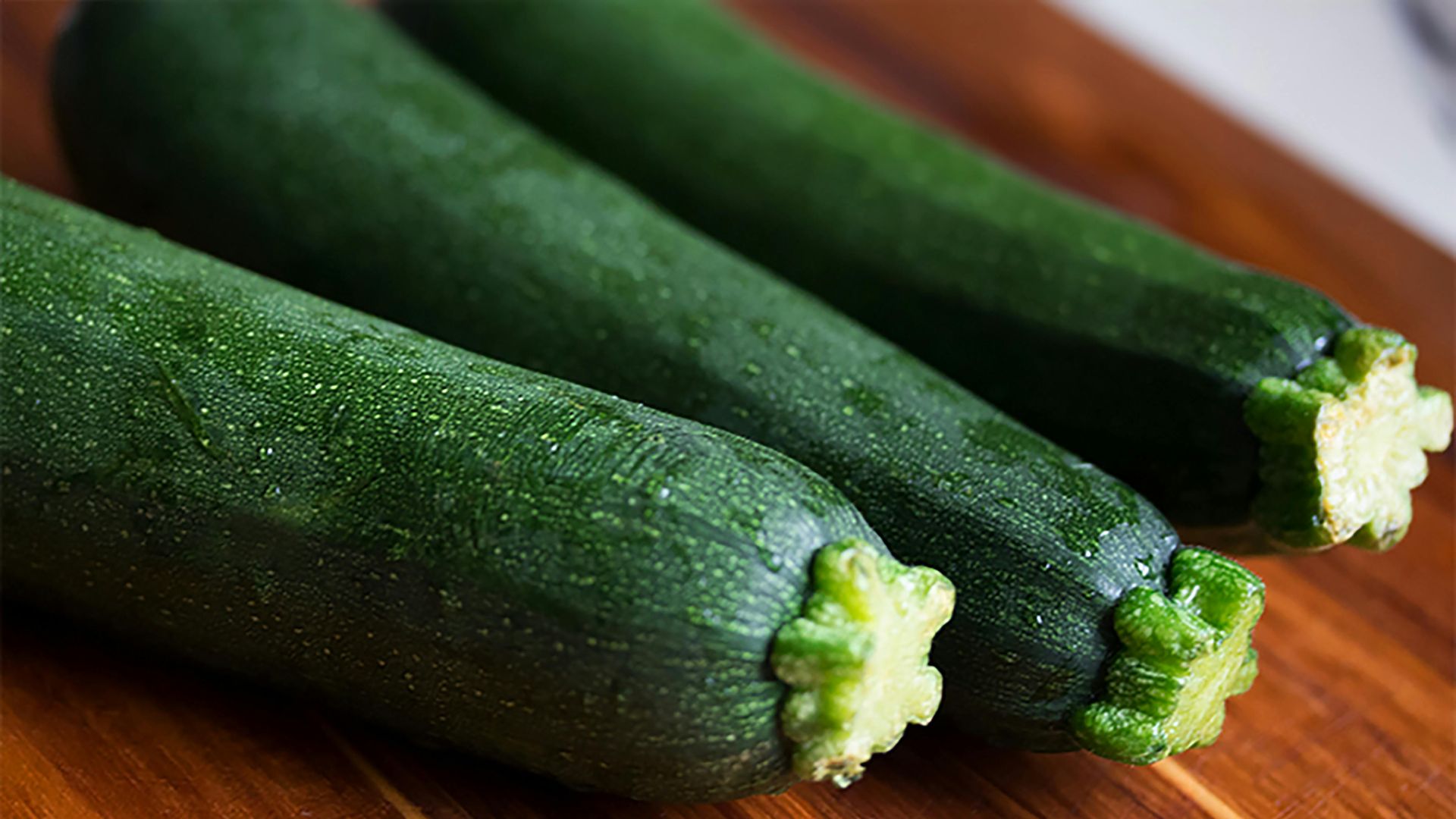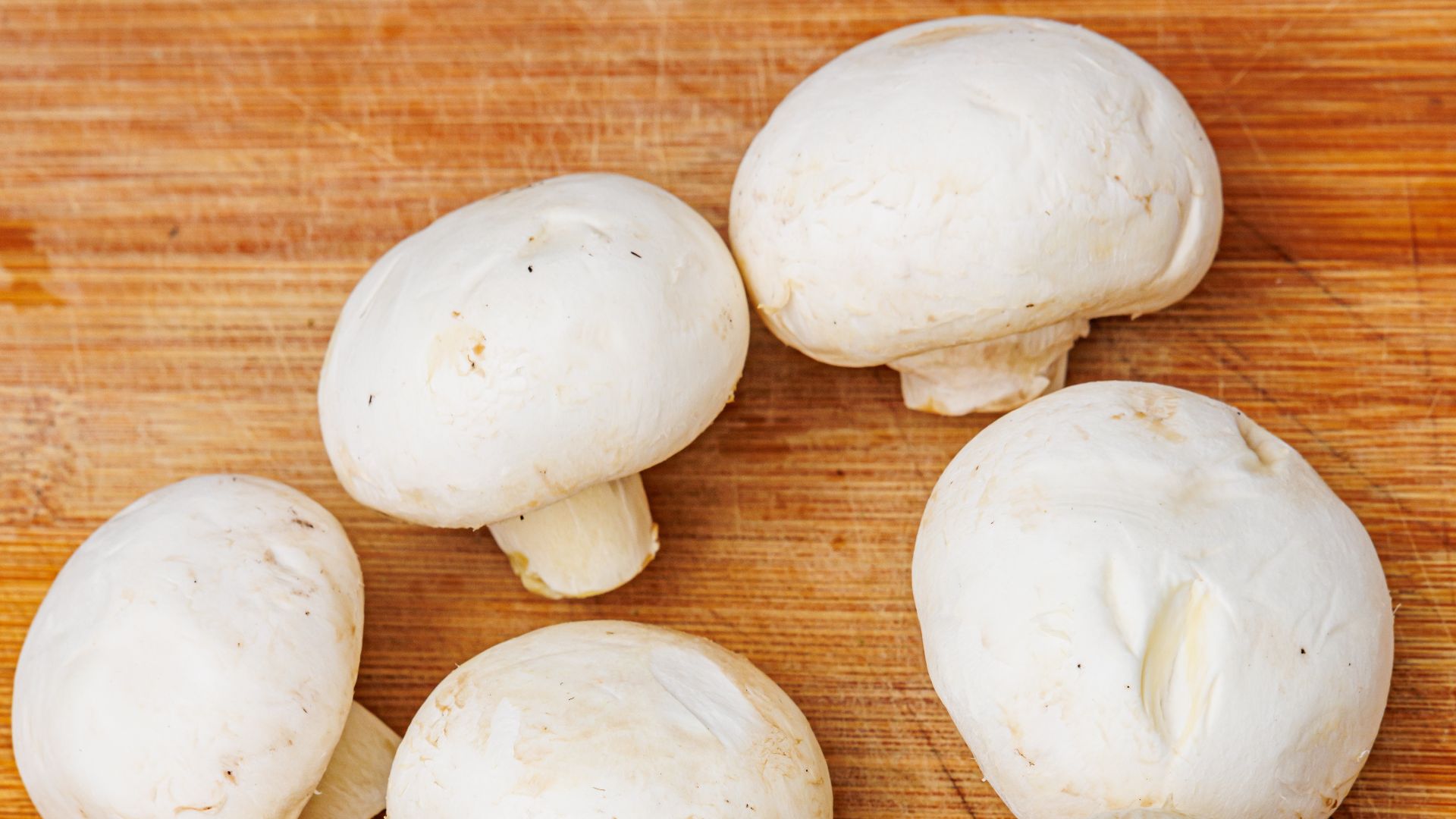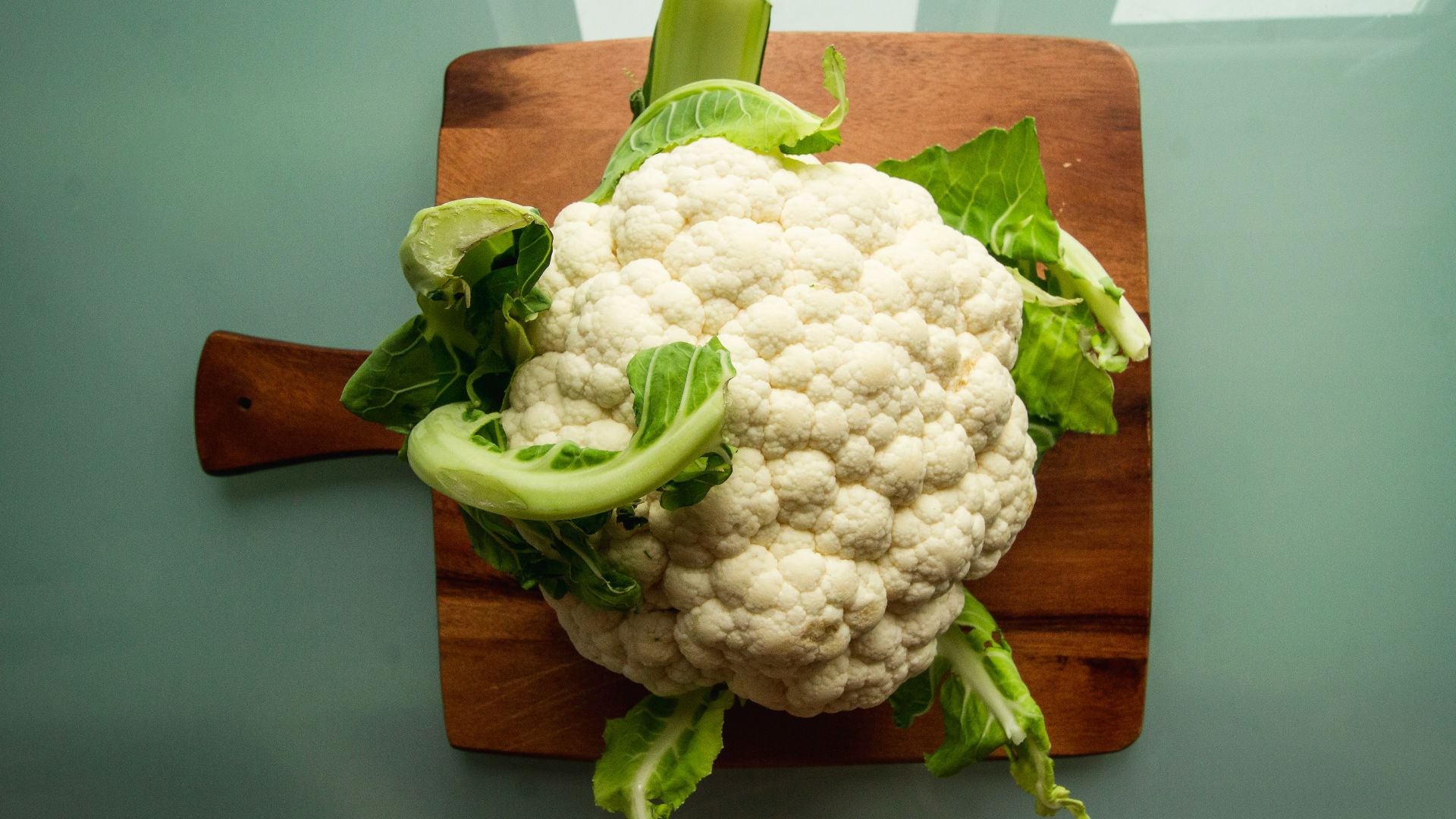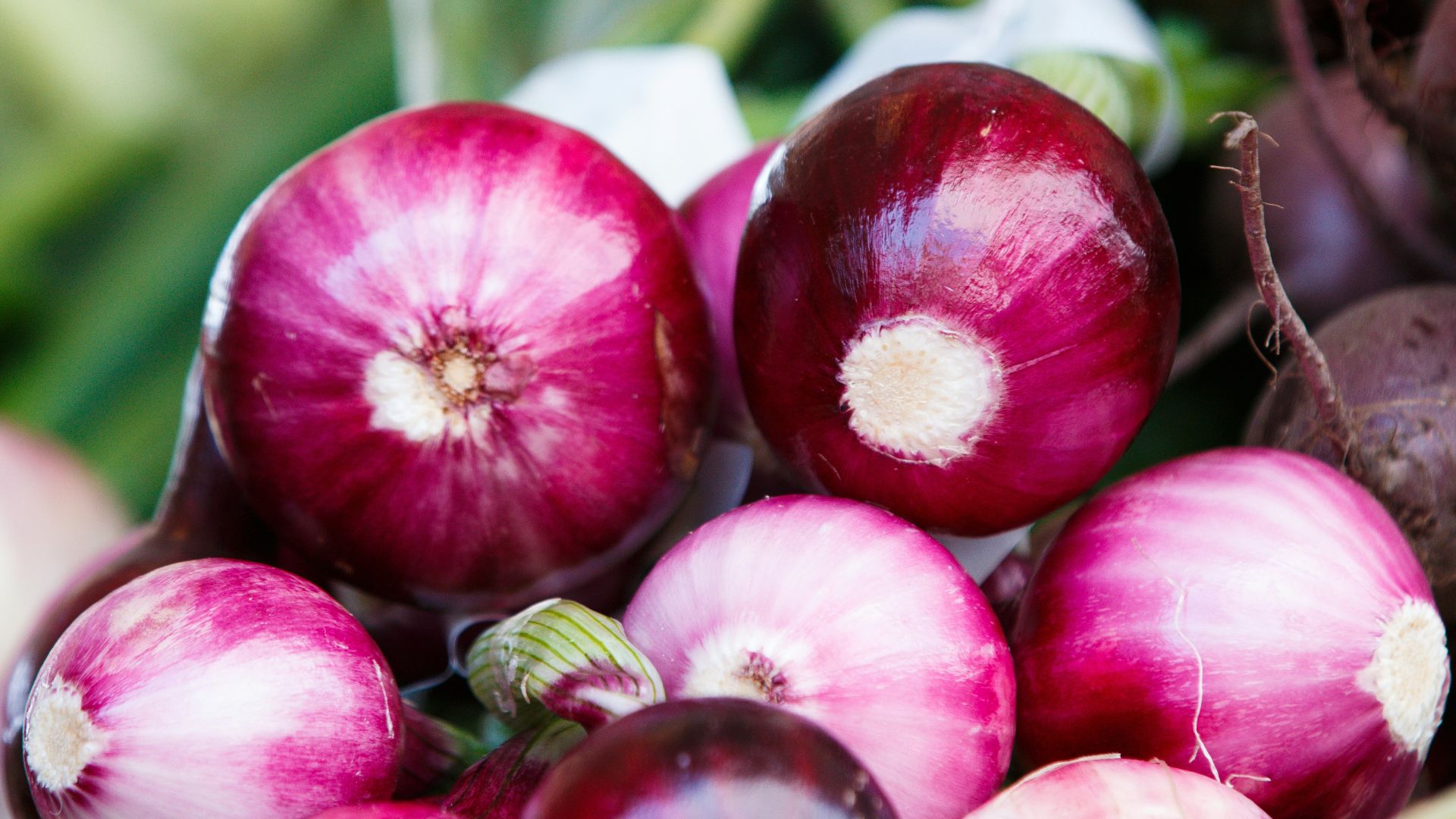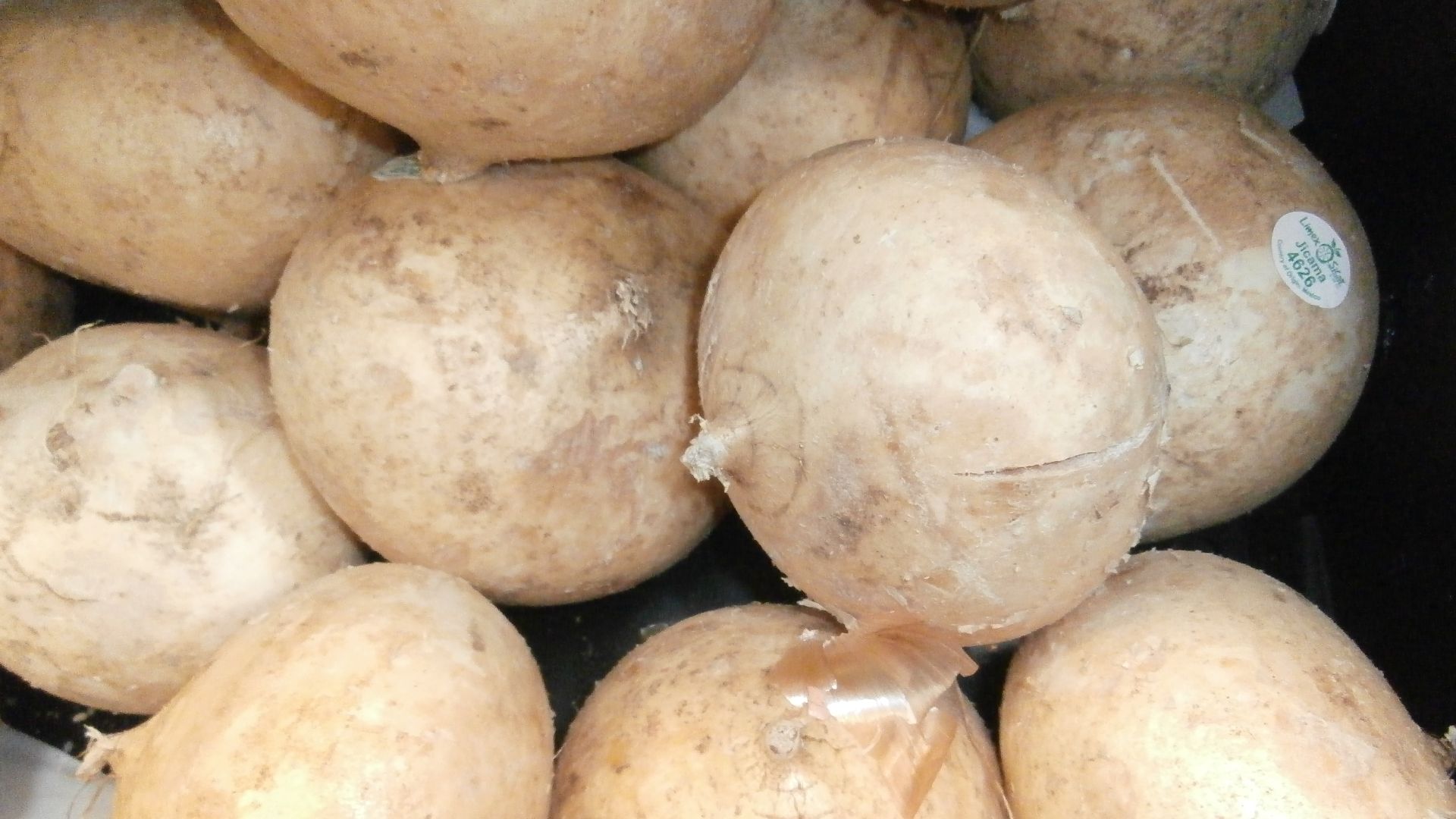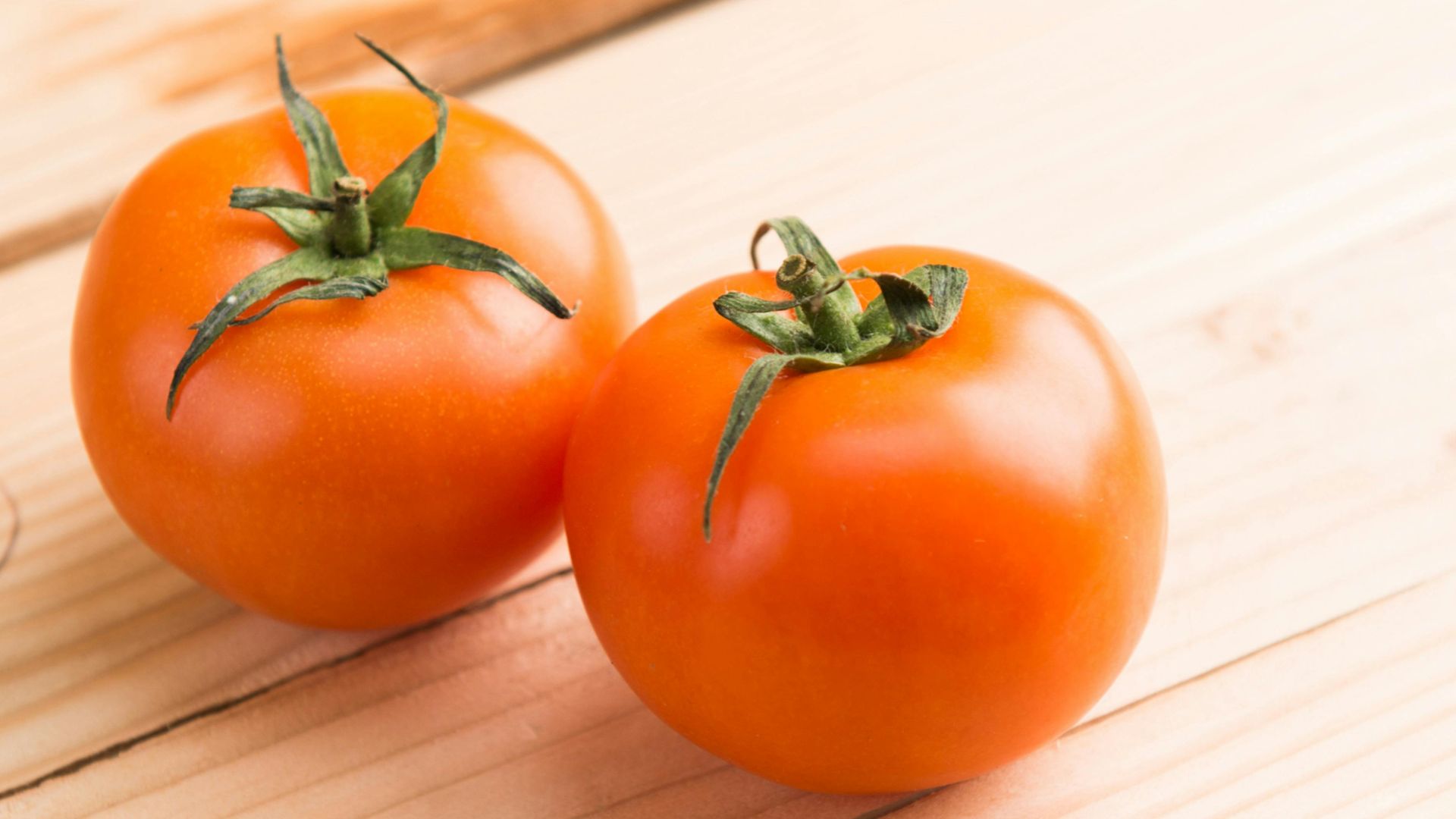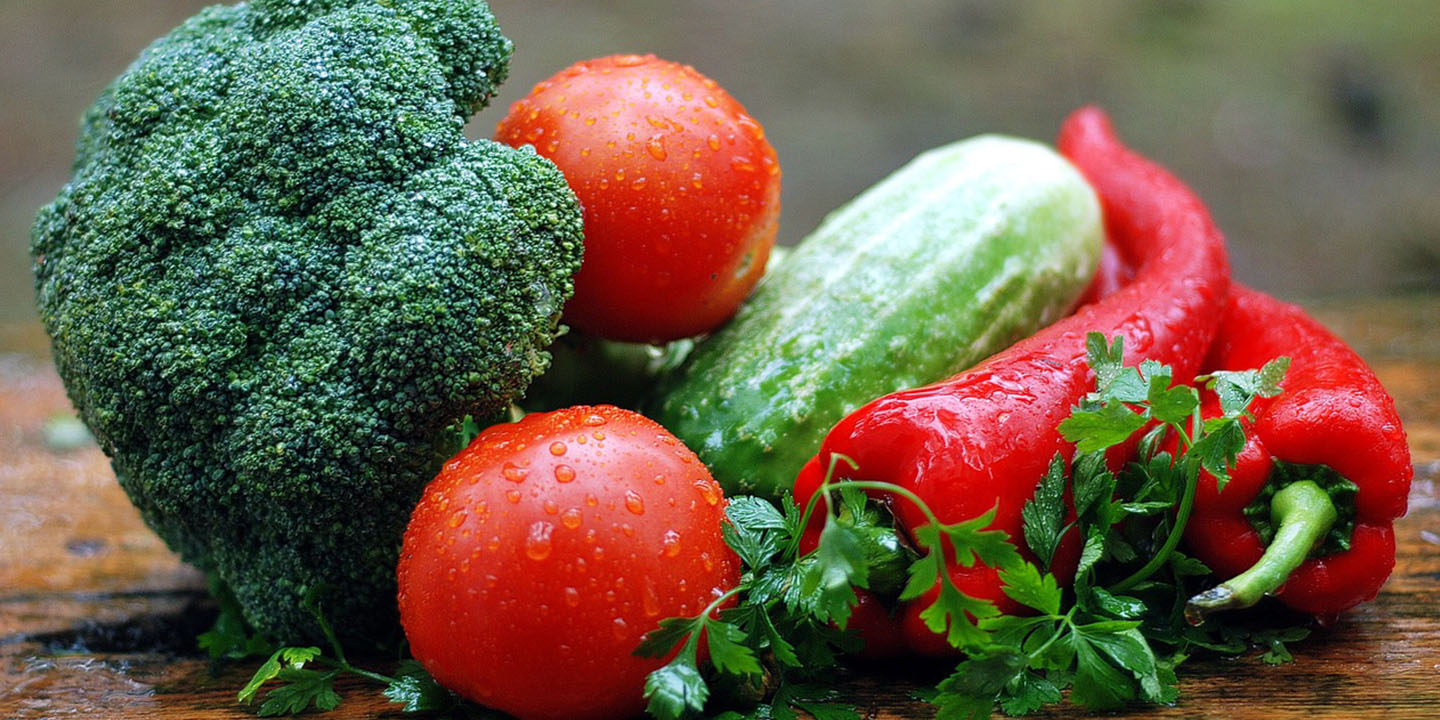The 10 Most Nutrient-Dense Foods In The Produce Aisle & The 10 Least
Buy Smart, Eat Smart
Walking through the produce aisle can feel like a guessing game. Some fruits and vegetables pack a serious nutritional punch, loaded with vitamins, minerals, and fiber your body actually craves. Others look the part but barely contribute more than water and crunch. But how do you tell them apart? That’s where this list comes in. So, first, let’s take a look at ten produce-aisle powerhouses that bring the most nutrition to your plate.
1. Spinach
Spinach, a leafy green with ancient Persian roots, has long held its place as one of nature’s true superfoods. Belonging to the same amaranth family as beets and quinoa, its single leaf supplies nearly half your daily vitamin K, while its carotenoids, lutein, and iron nourish eye health and strengthen cells.
2. Kale
Holding roots in the Brassica family with broccoli and cabbage, this powerhouse green is rich in vitamins A, C, and K. Its standout antioxidants—quercetin and kaempferol—actively fight inflammation, making kale as medicinal as it is versatile in the kitchen.
3. Sweet Potatoes
Despite sharing a name, sweet potatoes are only distant relatives of regular potatoes. Even more intriguing is their rainbow of natural colors, from orange to purple to white. These versatile roots pack scientific marvels too: rich beta-carotene that converts to vitamin A, plus fiber for digestive wellness.
4. Blueberries
Stock up on blueberries with confidence, as these versatile berries maintain their impressive nutritional punch even when frozen. Packed with vitamin C and K, they deliver a powerful antioxidant boost through their anthocyanins, which create their unique blue hue—a rare color achievement in nature.
5. Garlic
When ancient healers sought nature's most powerful remedies, they instinctively turned to garlic. Its star compound allicin provides impressive medicinal properties, while vitamins C, B6, and manganese pack a nutritional punch. Just crush or chop to get this time-tested superfood's therapeutic potential.
6. Avocado
Known for its rich profile of healthy monounsaturated fats and oleic acid, the humble avocado contains more potassium than bananas. Yet perhaps most unexpected is that this creamy fruit is technically a single-seeded berry, named "ahuacatl" by the Aztecs in a playful anatomical reference.
7. Bell Peppers (Red)
As a valuable source of vitamin A through their beta-carotene content, red bell peppers demonstrate remarkable nutritional density that escalates dramatically with their vitamin C levels. This exceptional nutrient profile stems from their unique botanical classification as fruits, representing the fully matured stage of specific pepper varieties.
8. Brussels Sprouts
Brussels sprouts may be small, but they carry centuries of history and enormous nutritional value. First cultivated near Brussels, Belgium, these hand-harvested gems grow on tall stalks and deliver powerhouse benefits. Rich in vitamins K and C, they also contain glucosinolates—natural compounds linked to cancer prevention and overall resilience.
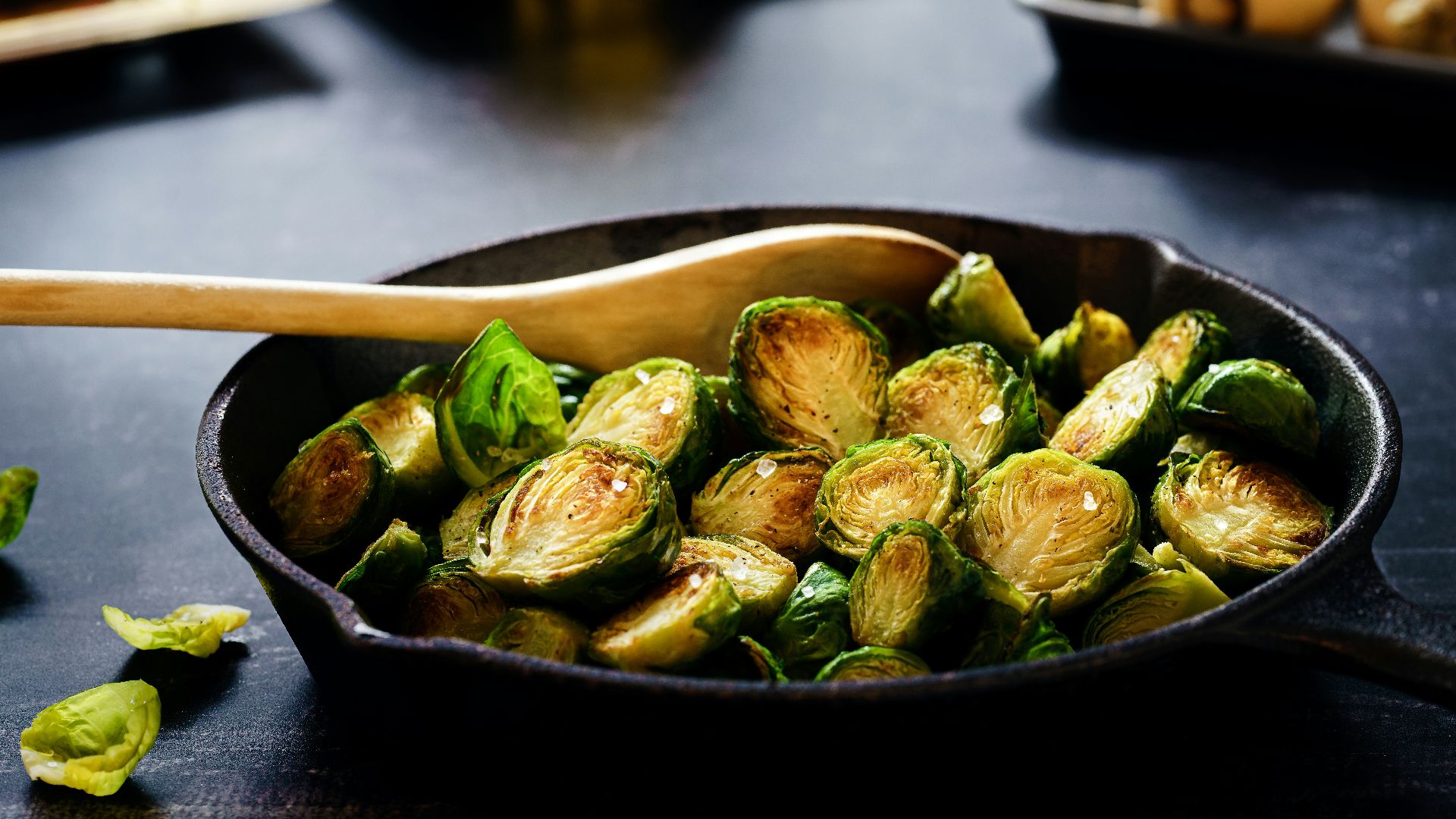 Sebastian Coman Photography on Unsplash
Sebastian Coman Photography on Unsplash
9. Pomegranate
Crack open this ancient fruit to discover hundreds of glistening seeds, each embraced by its juicy testa coating. Beyond essential vitamins C and K and filling fiber, pomegranates pack unique compounds like punicalagins and punicic acid.
10. Leeks
Proudly worn as Wales's national emblem on St. David's Day, the humble leek carries centuries of cultural significance. This cherished member of the allium family has earned its honored status through more than symbolism alone. Plus, modern science confirms its store of heart-healthy kaempferol antioxidants.
Now, it’s time to spotlight ten items that look fresh and inviting but don’t deliver much beyond color and crunch.
1. Iceberg Lettuce
Crunchy and refreshing, iceberg lettuce is a staple in tacos, burgers, and wraps, but nutritionally it offers very little, as a full cup of shredded leaves contains just 10 calories. And despite its popularity, iceberg requires cool weather and a longer growing season, making it more challenging to cultivate compared to other lettuces.
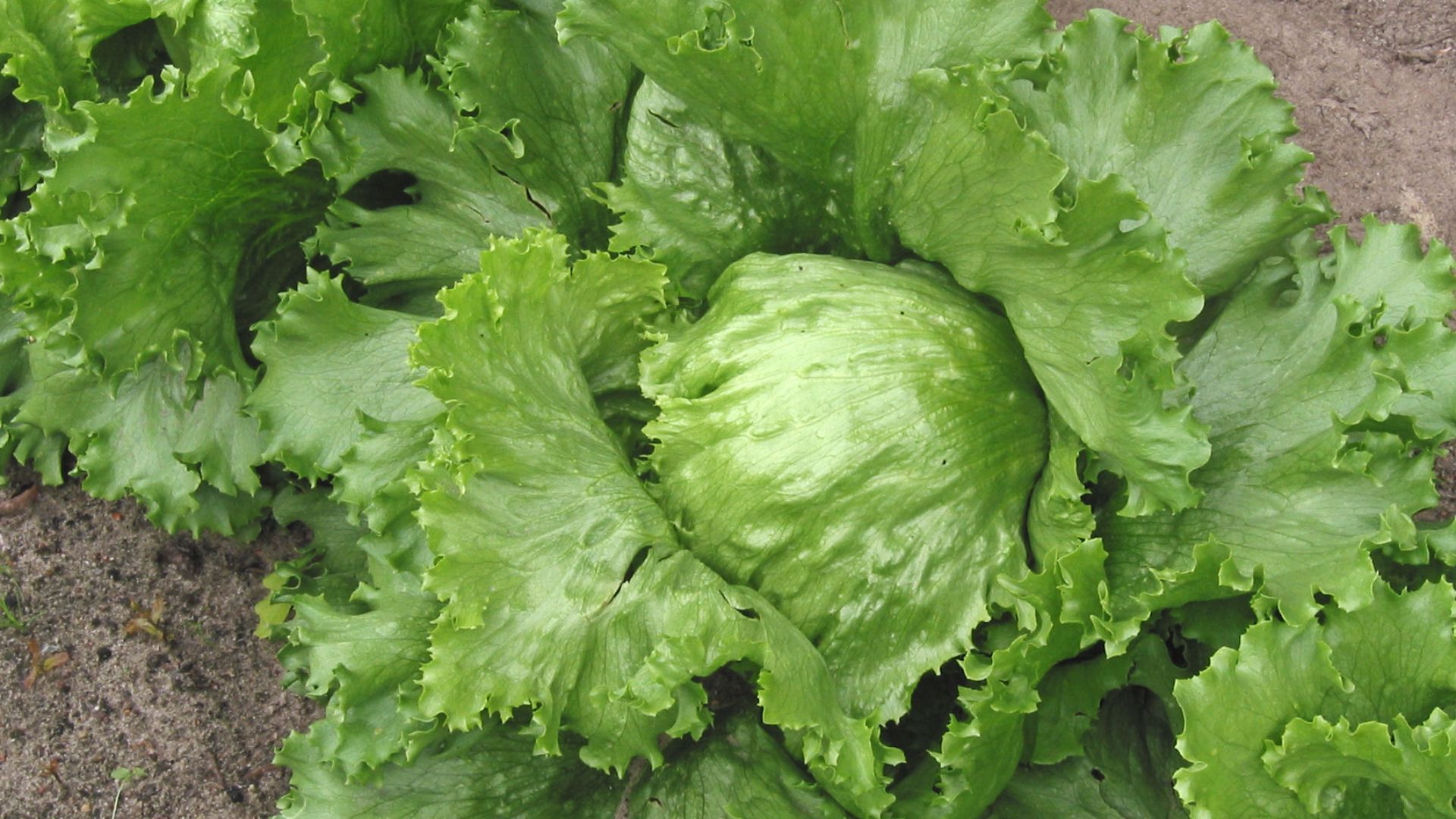 Rasbak 13:13, 20 May 2007 (UTC) on Wikimedia
Rasbak 13:13, 20 May 2007 (UTC) on Wikimedia
2. Celery
Made up of about 95% water, celery is crisp and hydrating but light on nutrients. Its mild stalks often serve as natural stirrers in cocktails, adding crunch without calories. Interestingly, ancient Greeks valued celery leaves enough to crown victorious athletes with them.
3. Cucumber
Many dismiss cucumbers as nutritionally insignificant due to their high water content. However, this scientific profile precisely enables their valuable functions: exceptional hydration delivery, therapeutic cooling effects for sunburned skin, and a targeted source of vitamin K for bone health support.
4. Eggplant
Botanically a berry, eggplant is recognized for its glossy purple skin but offers little in nutrient density. It provides fiber that supports digestion, yet its vitamins and minerals remain modest compared to other vegetables. In short, eggplant is valued more for texture than nutrition.
5. Zucchini
Low in calories and offering only modest amounts of vitamins and minerals, zucchini ranks among the least nutrient-dense choices in the produce aisle. Its mild flesh is often used as a filler in savory dishes, and even its bright blossoms appear in traditional Italian recipes.
6. Mushrooms (White Button)
White button mushrooms dominate produce shelves as the most commonly consumed mushroom worldwide. Their mild taste and adaptable texture make them a kitchen favorite, though they contribute relatively little in terms of vitamins and minerals. More valued for versatility than nutrient density, they remain a staple in countless dishes.
7. Cauliflower
Cauliflower’s popularity has soared with low-carb diets, yet nutritionally, it offers only moderate amounts of vitamins and minerals compared to other vegetables. Moreover, its mild, almost blank-slate flavor makes it easy to fit into rice, pizza crusts, or mash.
8. Onions
Like the layers of an onion itself, each tear-inducing slice reveals deeper rewards within these ancient vegetables. Low in calories and limited in vitamins, they are valued more as a seasoning base. Their pungent bite mellows when cooked, bringing depth to meals rather than dense nutrition.
9. Jicama
Packed with gut-supporting inulin, this nutritional powerhouse delivers serious health benefits beneath its humble exterior. Known affectionately as the "Mexican turnip," jicama's crisp, sweet flesh makes a refreshing statement in salads or when spiced up with chili powder and lime.
10. Tomatoes
Tomatoes are technically a fruit, though most people treat them as vegetables. They contain a high water content, making them refreshing. Moreover, lycopene gives them their red color, yet overall vitamins and minerals remain limited compared to leafier produce.
KEEP ON READING




